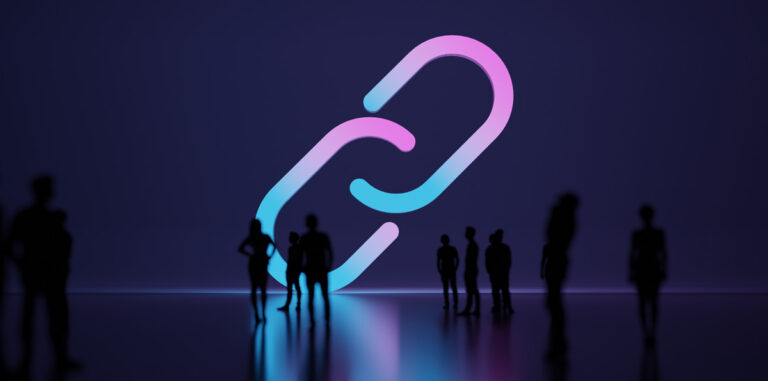National Public Radio is on a hunt for Hispanics. Also for millennials, multicultural programming, and a wider view of America that includes the entire continent. It thinks its mobile app may be the way to get there. How radio stations use apps to increase engagement, appeal to new listeners and grow their revenue .

A $17 million grant to NPR charged the national broadcaster with going deeper and broader in its coverage of education, global health and development, and race, ethnicity and culture. As part of this initiative, the public radio station has added more news programs, extending its news cycle to 10 p.m.

“If we’re programming 17 hours of segmented news content every day, the chances of, for example, our Hispanic audience hearing Hispanic-targeted content is very slim,” Perry says. While the station has experimented with creating program-centric apps, it can be difficult to gain scale. So NPR is pinning its hopes on Infinite Player, the working name of a work-in-progress available online and for iOS devices that will not only let users personalize it, but also will recommend content based on individuals’ behavior and interests. “We want to fill in all the time you want to listen with all the content you’re interested in,” he says.
Reaching the mobile-only listener

There’s another simple reason radio stations are creating apps: An increasing number of people are mobile-only.
Fifteen-year-old Batanga Media was one of the first stations to offer a mobile version of its programming, back in 2010. That initial foray into mobile let users listen to their favorite radio stations, personalize those, or build new ones.
“The availability of the app has introduced Batanga Radio to an entirely new audience of listeners who discovered us on mobile devices,” says Natalia Borges, vice president of marketing for Batanga. Of course, Hispanics are more likely to use mobile devices than the general population anyway. But its radio app let Batanga connect with people who had never listened online at all. “We had our loyal audience, but app has allowed us to grow our audience in ways we weren’t able to do before. There’s this huge audience who had never discovered us online who are discovering us on mobile now,” she says.
Those interactions include liking and unliking individual cuts and discovering new music via search or suggestions from the service.
Batanga releases a new version once or twice a year, making changes in response to user behavior. Borges says that personalization has become more important, so the company has added tools for personalization and discovery, with less of an emphasis on providing pre-defined “stations” — although Batanga still has plenty of those.
Visual ad units
Univision recently released a new version of its three-year-old radio app, Uforia 4.0. The app offers more multimedia in the form of videos, slideshows and articles. And, of course, with displays come display ads. Univision did not say whether it would include new display ad units, but Batanga definitely is working to innovate here.
“Advertisers have taken traditional radio units and incorporated them within apps. It provides advertisers with two ways to reach consumers within their streams”, says Borges of Batanga
Batanga allows advertisers to target ads based on a combination of musical tastes and registration data. One recent campaign example was a bracket-style awards platform that allowed users to chose the top artists in each of eight Latin music categories. The program was created to run within the Batanga Radio app and allowed users to participate and vote while listening to their favorite music. The program received thousands of entries just in the first two weeks it was live.
Soon, Batanga will release a new display unit that will be unique to Batanga Radio that will allow brands to, as she says, “Skin the experience and own the screen.”
NPR offers “underwriting opportunities” rather than ads, but it, too, is working to develop new ways that sponsors can get their messages to listeners. NPR doesn’t want to go the display route, according to Perry. “We’re interested in ways people can engage with a message without looking or touching the device,” he says. Perry wouldn’t go into detail, but acknowledged that using the mobile device’s voice recognition software to do some kind of voice response is “one of the things on the table.”
No info bubble
As a news organization with a mission to reach the diverse audiences of the United States, NPR has an additional challenge as it develops its mobile app: how to make sure listeners don’t end up in a news bubble of their own creation. While it might be fine for someone to only listen to one Latin genre of music, Perry says, “There are the types of stories everyone needs to hear about and understand to be part of the community of understanding. There are also stories that have niche interest, and we need to find a way to surface them to the people that have that interest.”
That niche content could also make it easier for advertisers to reach Hispanics. While Perry doesn’t deal with ad sales, he says, “We are under pretty strong direction in the product department to build opportunities like that. If a sponsor wants to reach out to a specific segment, we need to make sure we have very targeted inventory and can reach them in a way that’s going to pay off.”
[ctalatinb]







